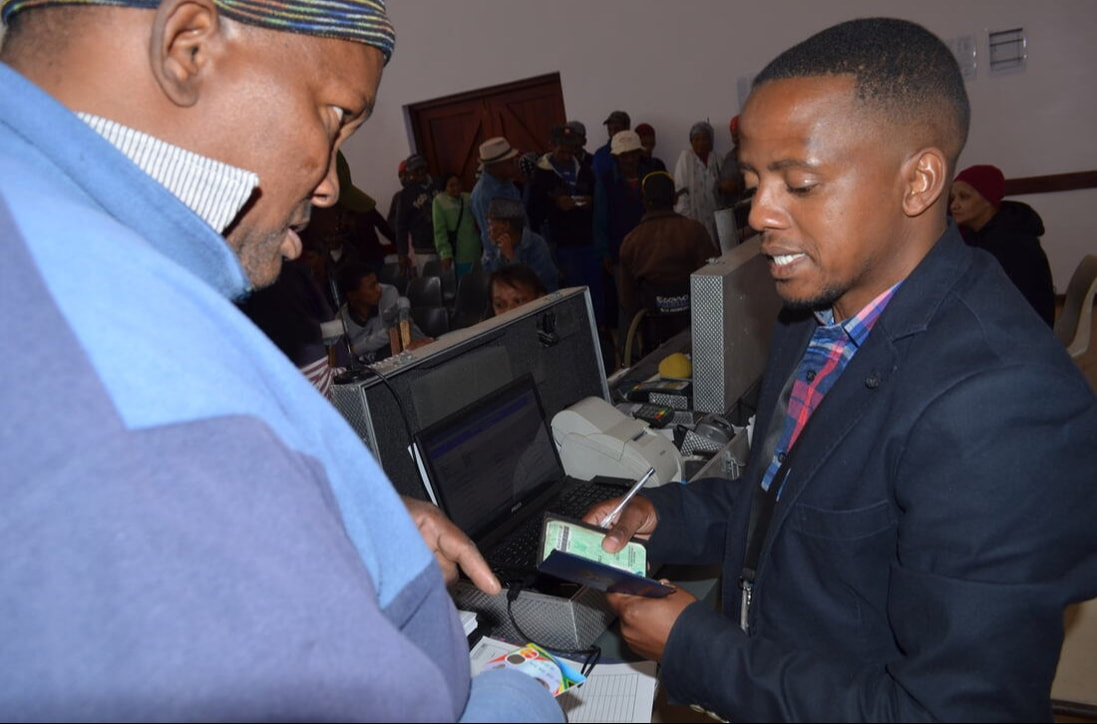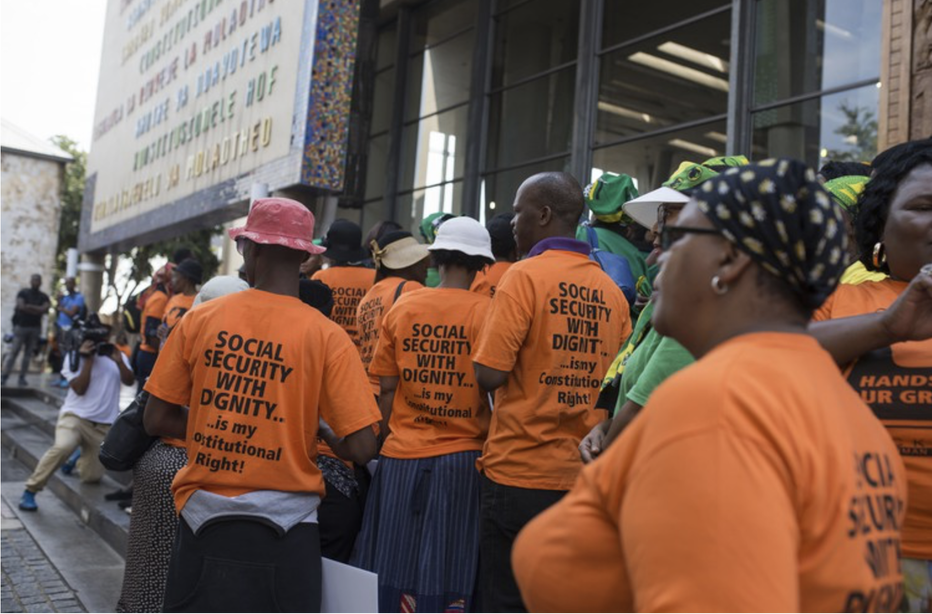Previous Project
With the Black Sash, I worked to open the "black box" of Net1's digital grant payment system. We found that Net1's technologies segregated South African grantees in an alternative banking system outside public oversight. Within this segregated system, Net1 aggressively marketed loans and other financial products to grantees. Because of our findings, we successfully advocated for changes to the way grants are paid, bringing them from private to public control under the South African Post Office.
Advocacy Success
pay grants through public entity
|
Read: My dissertation, Taken for Granted: Geographies of Debt and Welfare in South Africa
*Won best dissertation prize from the Economic Geographies Specialty Group at the American Association of Geographers Conference 2021. |
Read: My GroundUp news articles, which highlight the exploitation in the grant payment system
|
the cutting edge
grant grabs 3: the green card
|
|


